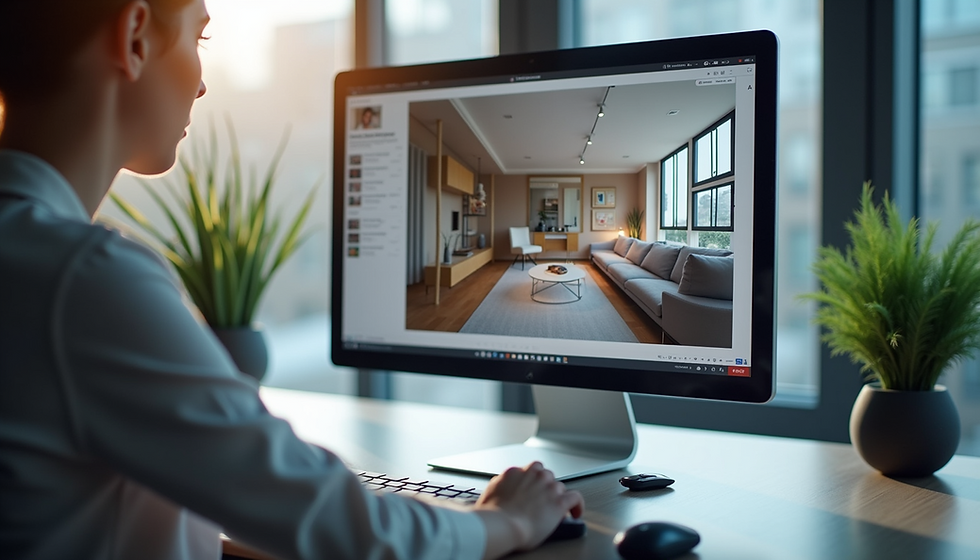How to Render and Use Ambient Occlusion (AO) in V-Ray with 3DS Max & Photoshop – Archviz Tutorial
- lisawolf3
- Aug 17
- 1 min read
Updated: Sep 23

In this tutorial, I cover how to render and use an Ambient Occlusion (AO) pass in V-Ray with 3DS Max and enhance it in Photoshop. AO is a simple but powerful tool that adds realism and subtle contrast to your archviz and CGI renders.
Learn what ambient occlusion actually is:
“Ambient” refers to the light immediately surrounding objects
“Occlusion” refers to the blockage of that light
This tutorial shows:
How to render an AO pass in V-Ray
How to apply AO in post-production using Photoshop
How AO can emphasize corners, crevices, and subtle details for more realistic renders
AO is often used in still images or animations to add depth and realism. Once you know how to render and use it, it’s a simple but impactful addition to your workflow.
Tags/Keywords:
3DS Max AO tutorial
V-Ray ambient occlusion 3DS Max
Archviz lighting tips
CGI rendering 3DS Max
Post-production V-Ray AO
Here's the YouTube tutorial.




Comments